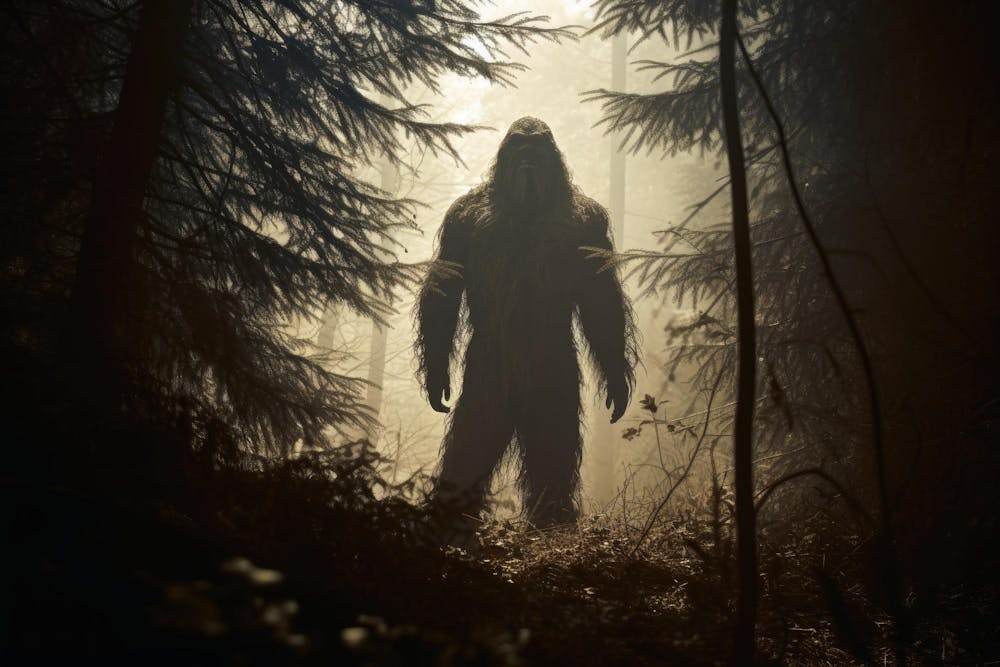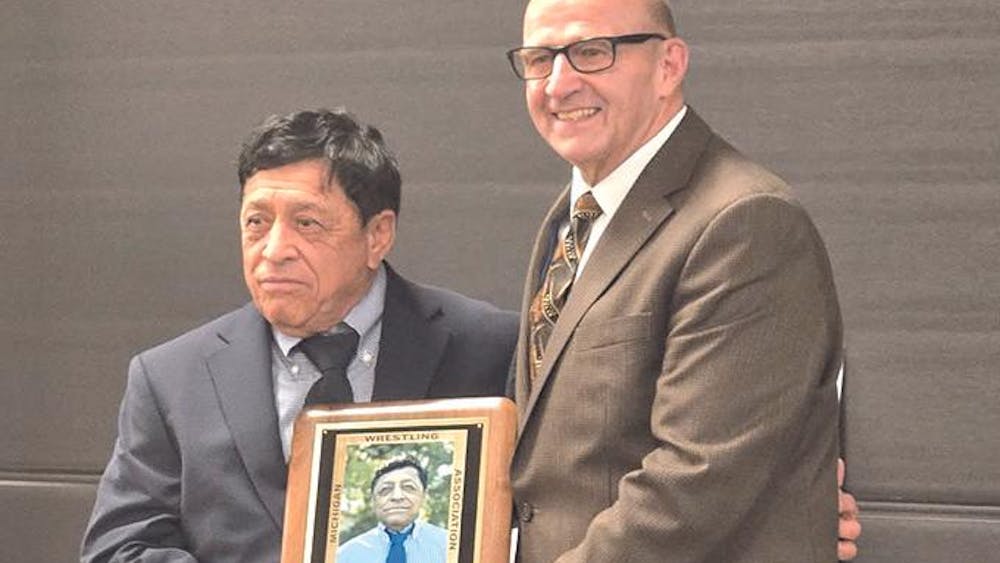Last week we zoomed in on the cryptic lore of Bigfoot in Oceana County, and if I’m being honest, I struggled to keep the campfire tales brief. While I believe I summarized the reports adequately, there was plenty of context I wish I’d been able to provide, as well as sightings from outside Oceana County.
As it turns out, Michigan is quite the hotbed for Bigfoot sightings, coming in at number 8 out of the 49 U.S. states that have reported to the Bigfoot Field Researchers Organization (BFRO). The lone outlying state with no Bigfoots is Hawaii, which, while understandable, is quite unfortunate for the ape in question. Also noteworthy, Rhode Island boasts 5 encounters and - if we presume the sightings are all of different specimens - each Bigfoot would have about 243 of Rhode Island’s 1,214 square miles to claim as territory.

It’s no surprise that the organization’s greatest number of sightings (727) come from Washington, the Mecca of Bigfoot mania. It’s followed up by California (464), where the 1967 Patterson-Gimlin film (the famous footage of Bigfoot’s lumbering stroll) was captured. Michigan, so far, has 226 reports. However, both Illinois and Ohio have us beat with 305 and 328, respectively. So, please, get out hiking and raise our numbers. We cannot let Ohio win.
Focusing back in on Michigan, out of 83 counties, 67 have reported Bigfoot “evidence” to the BFRO site, averaging at about 3.4 reports per participating county. Delta and Oscoda Counties have seen the most encounters, and Livingston County boasts the oldest story from 1910. In terms of our neighboring counties, Newaygo County has no reports to the BFRO, Mason has three, though all relatively to the north, and Muskegon has two. Muskegon’s in particular I would like to highlight, in part because I know our White Lake Mirror readers do skim the Oceana side of the paper, and because the two reports are particularly striking.
The first, while filed in Muskegon because the primary report came from the witness’s home in North Muskegon, also features another camping encounter, similar to last week’s. Both campsite encounters take place in New Era, and within six years of each other. This witness, Mr. H, recounts camping near the Hart-Montague Rail Trail, somewhere between Rothbury and New Era, along Carlton Creek. The original reporting simply mentioned how Mr. H’s wife was disturbed by the sound of objects being thrown at the tent during the night, to which the witness claimed he found nothing amiss when investigating.
When the BFRO representative followed up, Mr. H’s report got a little more colorful, with now a large hand pressing up against the tent and a massive, bipedal figure retreating into the woods. This discrepancy aside, the dialogue between Mr. H and the BFRO’s Jim Sherman inspired the former to continue to search for Bigfoot in the continuing years, particularly around the area between New Era and Rothbury.
The other sighting from Muskegon County is quite unique. In fact, it spooked me. A Montague resident recalled a variety of strange occurrences on a property about a mile east of Meinert Park where she grew up, such as deer kills stored upwards of 20 feet in trees and “bone piles” stacked over 2 feet high. In one incident, the witness recalled how she happened upon a “den” and was chased back to the road by something in the trees.
What really struck my interest was the witness’s claim that, at the time, locals knew of these creatures in the woods. In her letter to Sherman, she describes how she “grew up with years of these creatures. They were not always in the area, but when they were, what everyone referred to as the shadow people, large dark figures that blocked everything behind them, but stayed deathly still. These figures would be caught after dark near the barn and root cellar area, another common game trail. Dogs wouldn't hunt. The caches would appear, and fishing would get slimmer. You would also see fewer predators, smaller predators. Apple trees in the woods and roadsides would get bare up to the higher branches… You can feel them when they are close; they watch and study you… They are expert trackers. They are expert observers and highly adaptable.”

The idea of living through periods of time where food would disappear, gruesome animal kills would be found and looming dark figures stalk the woods is genuinely giving me goosebumps, regardless of how much stock I put into the tale.
She also claims she believes that there are two varieties of Bigfoot: the stereotypical hairy ape, aggressive and territorial, and a smaller version that appears more like the “missing link” in human evolution, standoffish and rarely seen. She also seems to believe the latter are “mistaken” by local Native Americans as a human spirit.
When looking into whether any of the various cultures of the Anishinaabe people - which includes the Ojibwe, Ottawa and Potawatami tribes indigenous to Michigan - have any folklore that could relate to the stereotypical Sasquatch, one figure comes up. The Saabe or Sabé is a giant humanoid covered in hair, and is sometimes referred to as Bigfoot or Sasquatch, cementing that association. The figure features in a collection of stories known as the “Teachings of the Seven Grandfathers,” wherein a young man is introduced to a variety of animals that represent morals. The Saabe represents the teaching of Gwayakwaadiziwin, roughly translating to “living straightly, correctly, or rightly,” and is, essentially, the concept of living a life of integrity and self-truth. An expression in Ojibwe, Kitchi-Sabe, means to “walk tall.”
Knowing this story, I think I can sleep peacefully at night knowing that, in the woods of Montague, there may be “shadow people” in the woods, but Anishinaabe teachings tell us that they just want to impart the importance of self-respect on us humans.














